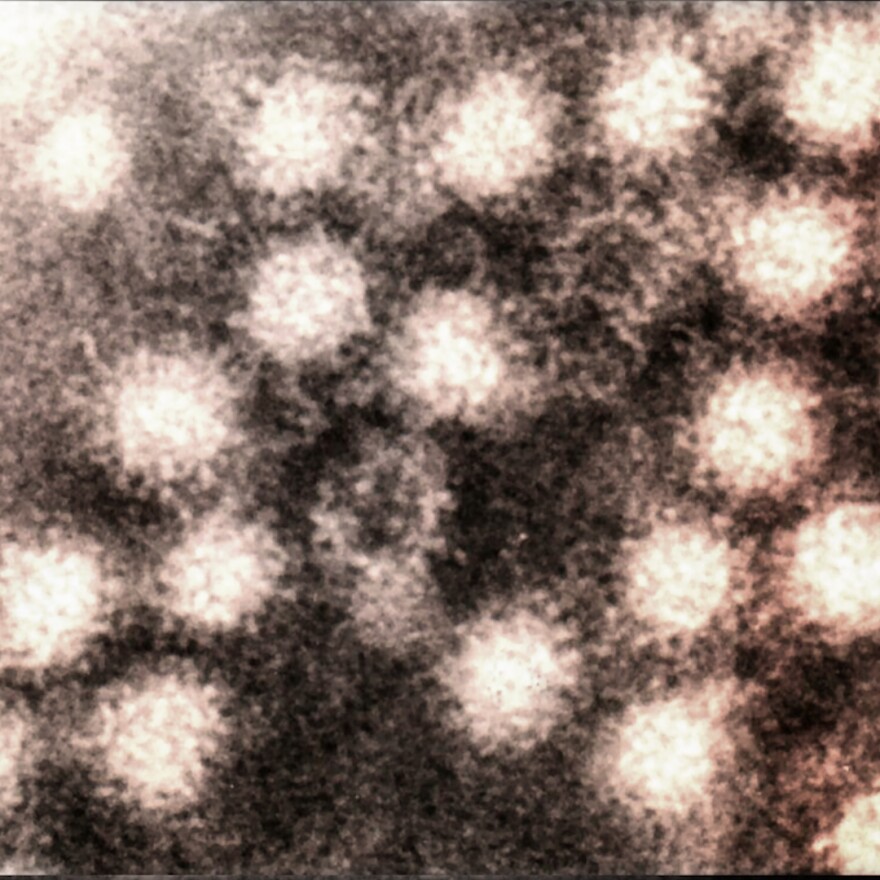Norwalk, Ohio is home to a quaint uptown – and a large racetrack, which brings in drag racers from across the country.
But, in the medical community, this northeast Ohio city is known for something it’s not nearly as excited about: norovirus – the nasty gastrointestinal bug notorious for running rampant on cruise ships and in nursing homes, made its first appearance here in 1968. Ground zero was an elementary school at the southern edge of the city.
All that remains of Bronson Norwalk Elementary School today is a few pillars and a cement foundation – the school was torn down in the 1980’s -- but the virus that wreaked havoc here lives on, as does the pretty gross tale of its initial impact.
“A lot of puking kids, and a lot of people who maybe did not wash their hands as best as they could,” described Dr. Michael Blank, an infectious disease physician at Firelands Regional Medical Center just north in Sandusky, Ohio.
With groups of kids in close, confined quarters, a school in the winter is a virtual petri dish for the spread of disease -- and norovirus itself is a particularly cunning virus. In fact, it’s sometimes referred to as “ the perfect pathogen.”
“It's easy to get. And it is hard to kill,” said Dr. Blank. “Even with household routine cleaners it's not going to kill the actual virus on surfaces. It can live for five days, if not for 12 days, on an inanimate surface and, therefore, even though it may have been cleaned with some sort of disinfectant it may not have been enough to actually kill the virus.”
It’s also difficult to become immune to, because, according to Dr. Blank, norovirus is constantly changing.
“Once you are exposed to it you may form antibodies to protect yourself for a short period of time, but once it mutates, you're no longer protected against that virus,” he said. “So that's why it's easy to get infected from year after year, if exposed to it.”
It’s not usually deadly, but it’s a nasty virus – and because it originated in Norwalk, the city has been unable to shake the connection. Being the namesake for a virus known to keep you glued to a toilet for a couple days made the city of Norwalk, understandably, queasy.
“Norwalk, Ohio wasn't too pleased with being associated with the gastrointestinal disease. So norovirus essentially was the name that they settled on, but it still frequently gets referred to as the Norwalk virus,” said Dr. Blank.
Because the virus typically only lasts a couple of days, the original outbreak worked its way through the city of Norwalk in less than a week. And it hasn’t seen a major outbreak of it since. But, unlike the virus, the name has staying power.





